
All categories
Featured selections
Trade Assurance
Buyer Central
Help Center
Get the app
Become a supplier

(Có 5 sản phẩm)
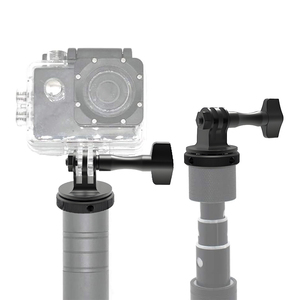


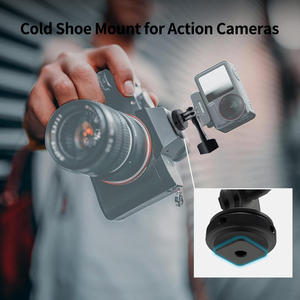
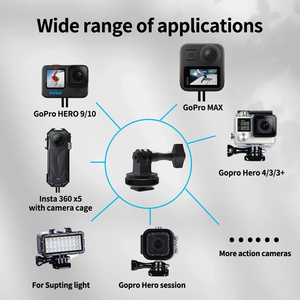
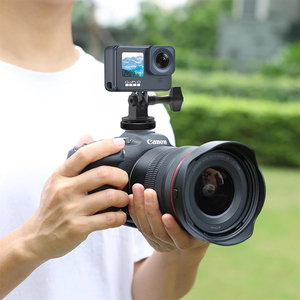

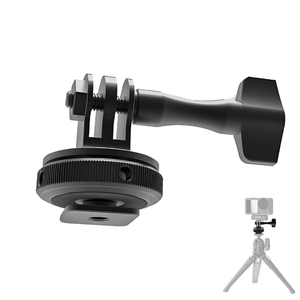
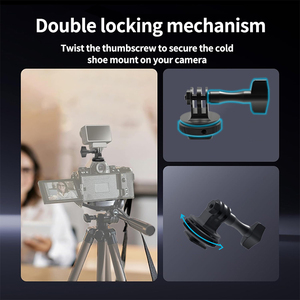

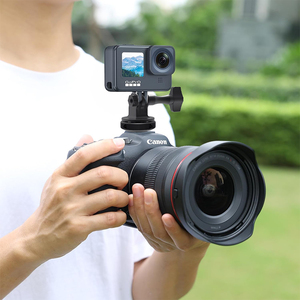

















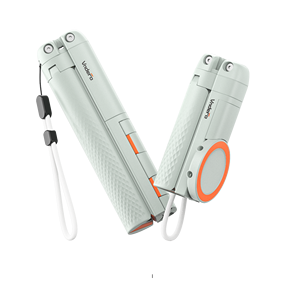
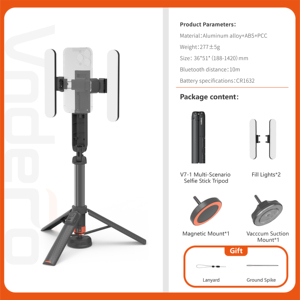
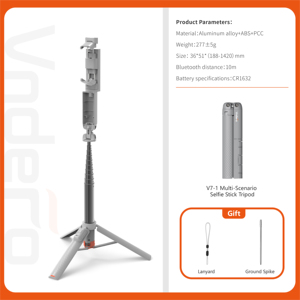
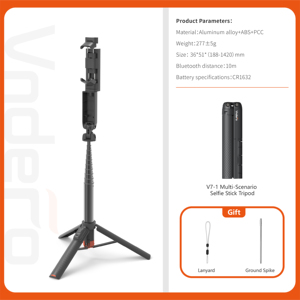

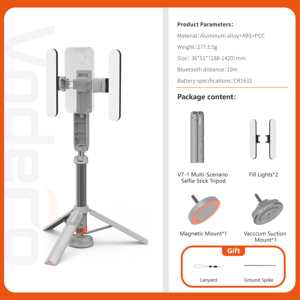

Đối với các loại độc quyền. monopod dài nhất truy cập Alibaba.com để mua hàng từ các nhà sản xuất, nhà cung cấp và nhà bán buôn đáng tin cậy. Đây là một giá đỡ ba chân được thiết kế để giữ cố định thiết bị được gắn trên nó. Tính linh hoạt của chúng khiến chúng trở thành sản phẩm tốt nhất cho các nhà khai thác máy ảnh và nhà sản xuất video. Tùy thuộc vào nhu cầu của bạn, bạn có thể chọn từ một loạt các. monopod dài nhất trực tuyến. Chúng có sẵn với nhiều kiểu dáng và kích cỡ khác nhau với mức giá hữu nghị, mang đến vô số lựa chọn để bạn lựa chọn.
Nếu bạn đang tìm kiếm thứ tốt nhất. monopod dài nhất để có ảnh và video chất lượng, bạn đang ở đúng nơi. Alibaba.com cung cấp một bộ sưu tập lớn các mặt hàng phục vụ các mục đích khác nhau. Điều quan trọng là phải mua một món đồ phù hợp với chiều cao của bạn để bạn không phải cúi người khi sử dụng nó. Quyết định nên dựa trên ba yếu tố đơn giản: trọng lượng, kích thước và giá cả. Hãy sở hữu cho mình một chiếc và đừng bỏ lỡ những thông số kỹ thuật ngoạn mục của nó. Mặc dù chúng phục vụ cùng một mục tiêu, nhưng mỗi công cụ được thiết kế cho một mục đích cụ thể.
Bạn có thể nhận được công cụ có giá trị tốt nhất với mức giá hấp dẫn mà không gặp khó khăn gì. Với một loại lớn. monopod dài nhất từ các đại lý tốt nhất trên thị trường, bạn được đảm bảo có trải nghiệm mua sắm tốt nhất. Bạn có thể chọn các mặt hàng phù hợp nhất với nhu cầu và túi tiền của mình. Chúng linh hoạt và dễ điều chỉnh vì các tính năng đáng kinh ngạc của chúng. Bạn có thể nhận được các mẹo về cách sử dụng công cụ từ hướng dẫn của nhà cung cấp. Dù bằng cách nào, đây cũng là một thiết bị dễ sử dụng giúp mọi thứ khác trở nên hiệu quả và hoàn hảo.
Xem xét nhu cầu cao đối với mặt hàng trên thị trường, tại sao không kiếm một số lợi nhuận bằng cách đặt hàng chúng trên Alibaba.com? Bạn sẽ nhận được quyền. monopod dài nhất sẽ phù hợp với nhu cầu và sở thích của bạn. Ghé thăm cửa hàng ngay bây giờ và chọn từ nhiều loại mặt hàng. Bạn có thể đặt hàng số lượng lớn và thậm chí trò chuyện trực tiếp với người bán.